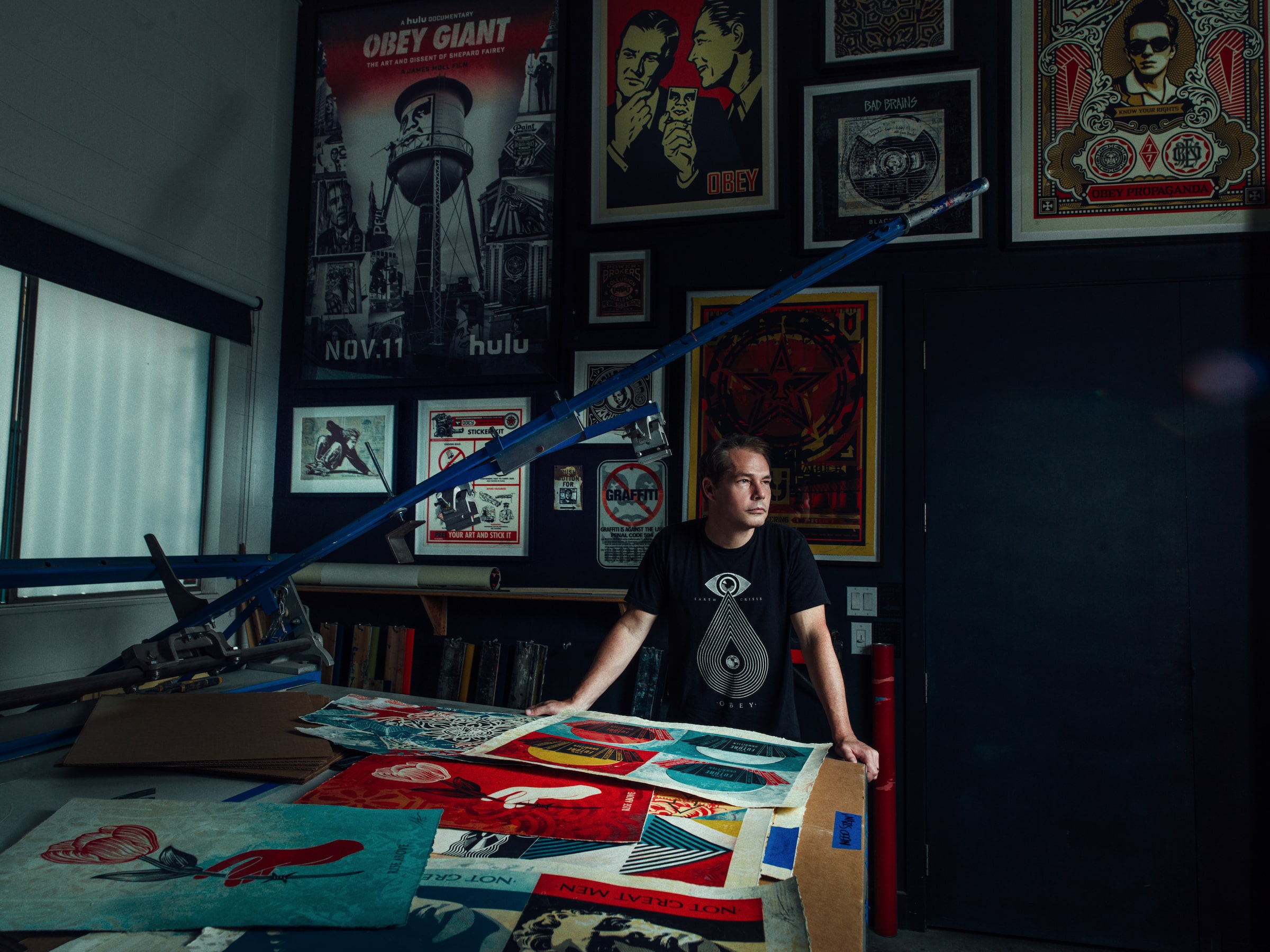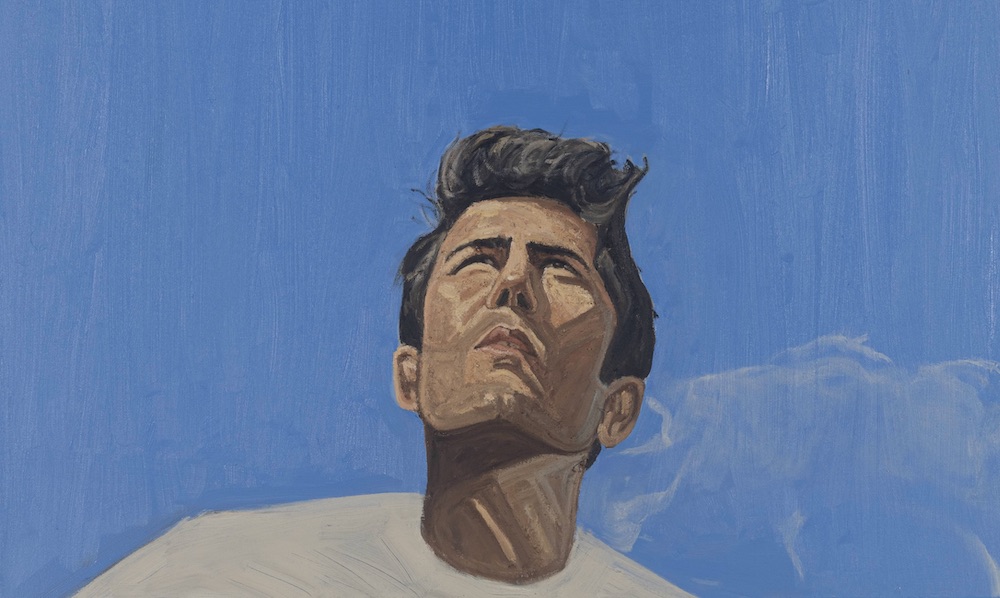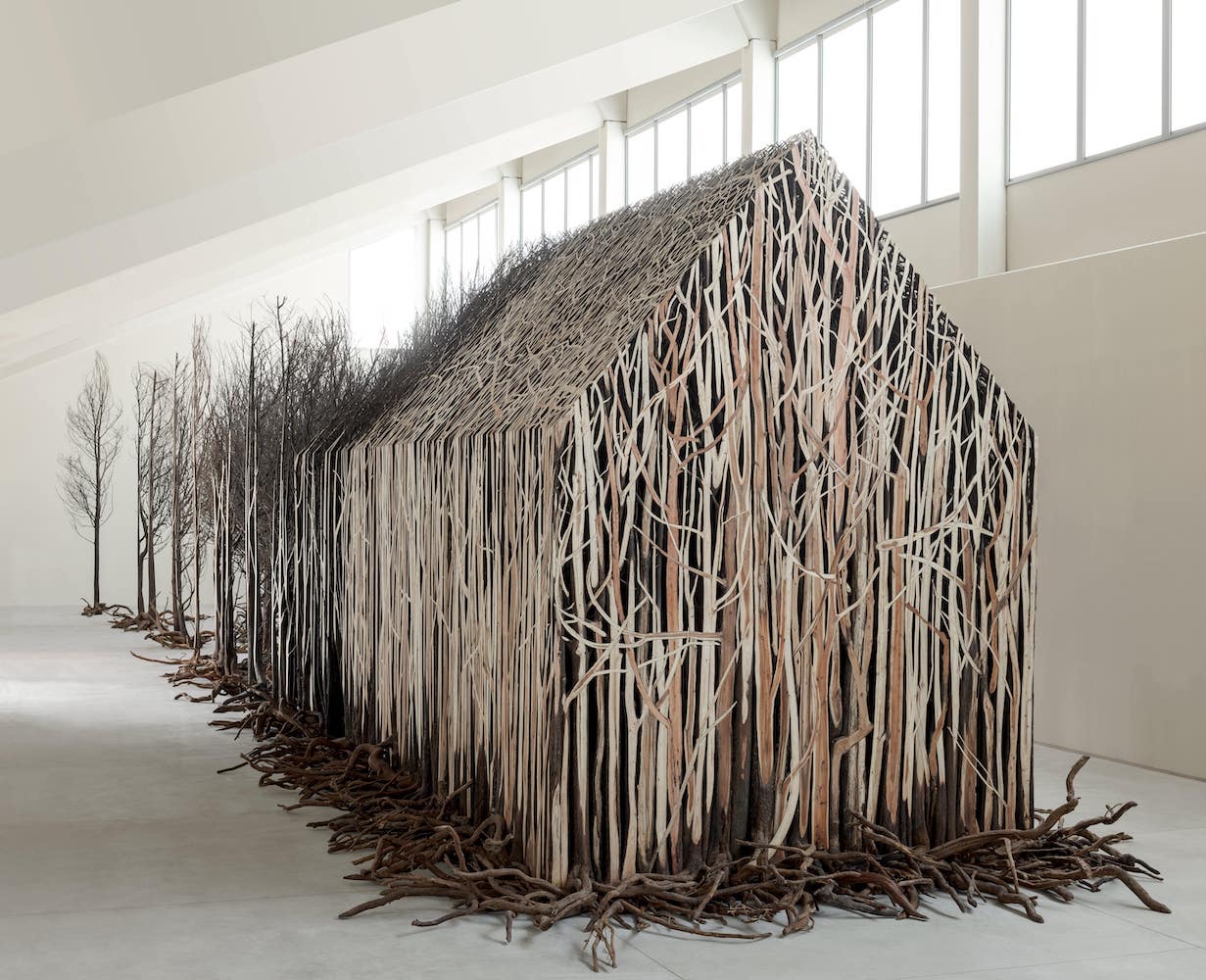Originally, Dastan’s Basement in Tehran was not meant to be a gallery, per se. Instead, Hormoz Hematian—an engineer by training who was inspired by the literary magazine Lapham’s Quarterly—envisioned a space that would host not just visual art but screenings, talks, readings, and more. It was a matter of permits that led him in 2012 to establish a gallery, which has grown to present the work of modern and contemporary Iranian artists.
We recently checked in with Hematian, to see how he and the gallery are doing during the global COVID-19 pandemic. He shared, “I am trying to use this time as an opportunity to see where and how I can be most useful to the community, the artists that I work with, and of course the collectors who have been by our side all these years. We have managed to create more engaging content for the viewers, improve our online experience, and restructured how we do things internally to ensure quicker response time.”
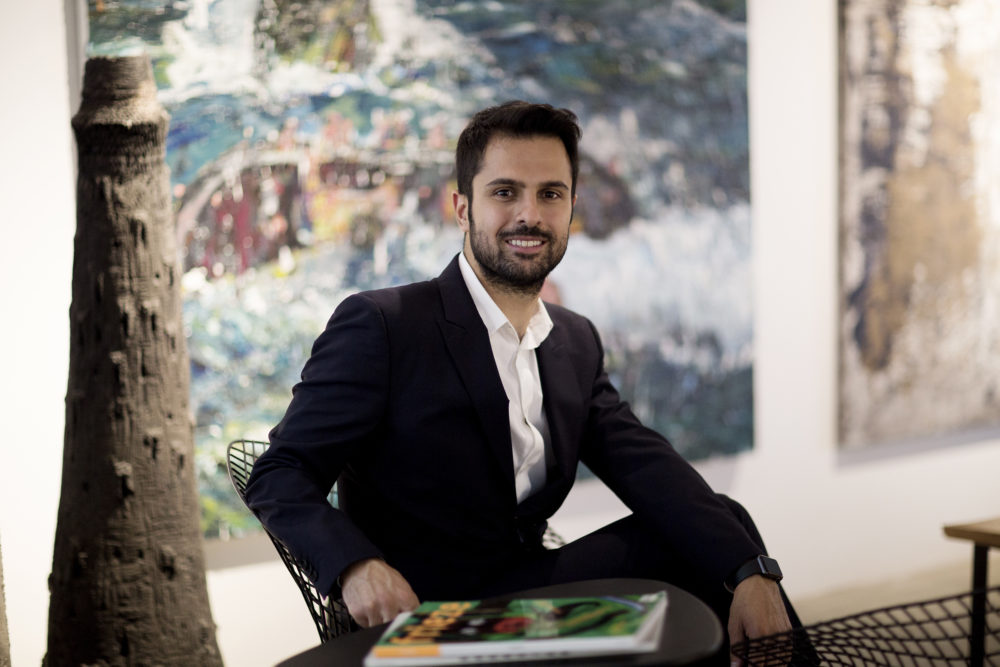
Hormoz Hematian, portrait by Matin Jameie.
Whitewall spoke with Hematian earlier this year for our spring 2020 Art Issue, about Tehran’s contemporary art scene and new programming.
WHITEWALL: What was your vision for Dastan’s Basement when it opened in 2012? How has that evolved?
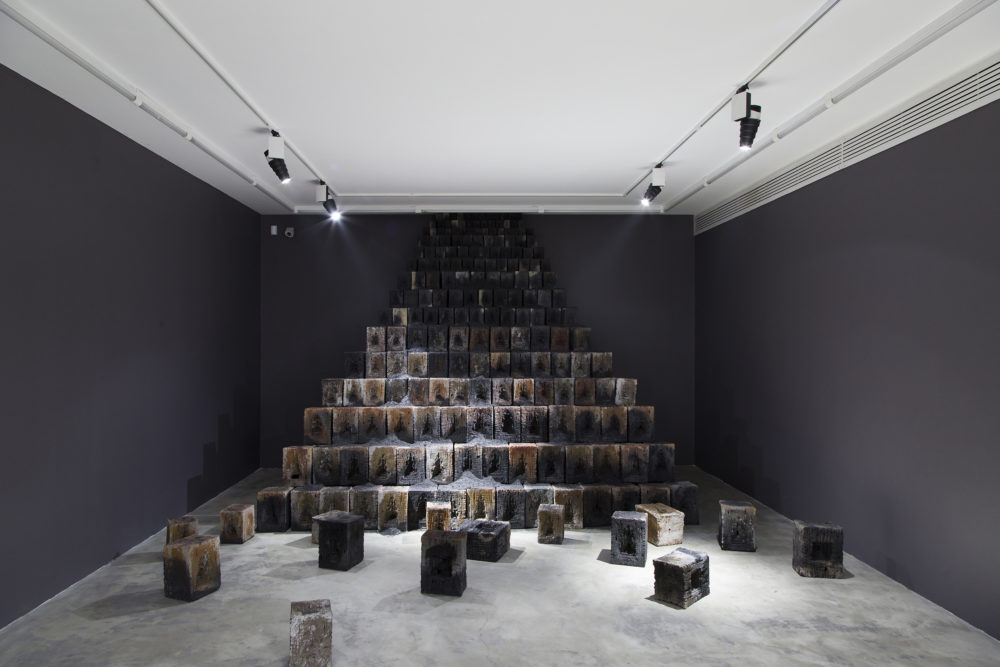
Installation view of Mohammad Piryaee’s “Stairway to Odessa” (December 27, 2019–January 17, 2020) at Dastan+2.
HORMOZ HEMATIAN: It was meant to be a space that incorporated small displays for artists, documentary film screenings, talks, and book launches. We managed to do all of what we envisioned to some extent for the first couple of years, and it was a fulfilling experience—perhaps some of the happiest experiences of my life to this day.
Dastan’s vision has since become broader. Dastan aims to facilitate a more proportionate representation of Iranian visual art within world visual culture by contributing to its diversity, therefore further enriching it.
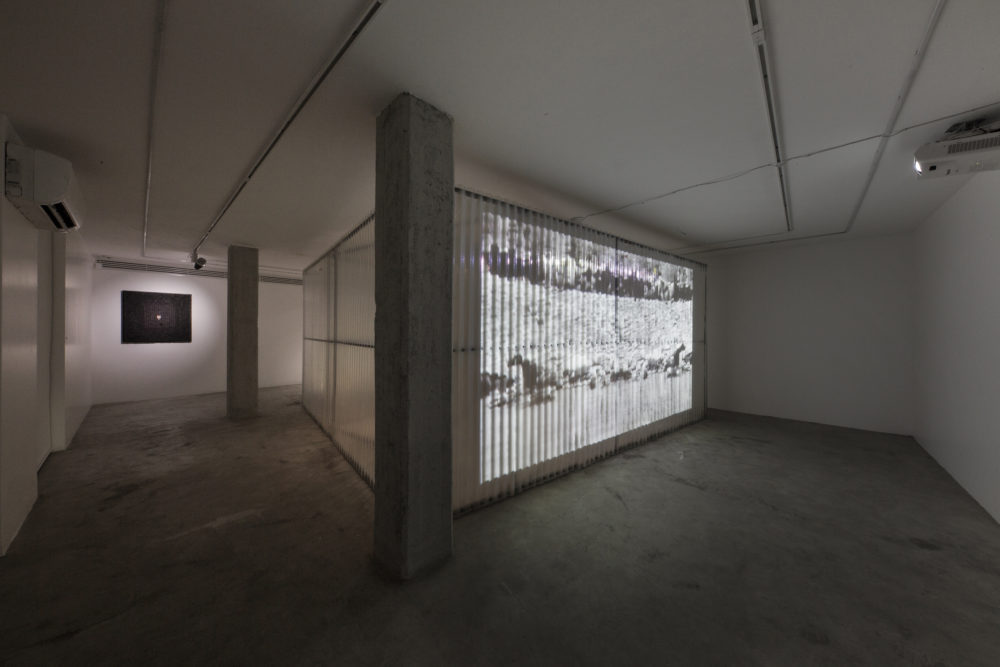
Installation view of Neda Saeedi’s “Garden of Eden Moving; A Petrified Tribe” (December 27, 2019– January 17, 2020) at Dastan’s Basement.
WW: How would you describe the artists you represent and show? What makes an artist a good fit for the gallery?
HH: Having a wider goal in mind, Dastan has made it its mission to study, exhibit, and place crucial artworks in places where they can become better accessible to scholars and viewers across the world. Dastan now works with artists within the Iranian art scene whose works are very specific to their particular life experience and cultural background despite their visual language being completely unconfined by their locality or generation.
WW: How would you describe the artist community in Tehran? The collector community?
HH: Tehran has a vibrant art scene mainly due to the artists living there, and secondly, but not at all less important, the numerous viewers and followers of contemporary art. On any given Friday, when the gallery openings are on their way, thousands of people go from space to space to view and discuss the art of their age. The country is going through a very particular experience, which allows its people to witness many peculiar conditions. One of them is the winding of the spring that is the contemporary art scene since the revolution. It is now unwinding in a most fierce and joyful manner.
The passionate collectors and patrons are very present and involved in the scene supporting artists and other professionals. The only issue is the lack of infrastructure to further develop the career of the artists or increase the viewership both nationally and internationally. The biggest obstacle is definitely the absence of numerous museums and nonprofits, organizations necessary for the scene. It stops the progress of private collections into the public domain, and the artists miss the validation and exhibition opportunity required for their career development. This is where the international art community can play a vital role.
WW: What was on view in March?
HH: We will be showing the Ghasemi Brothers at Dastan+2, which shows the solo works of the three young brothers as well as their collective works. They have been working with the gallery from early days and continue to challenge themselves and surprise the viewers with their unconventional approach. True to the spirit of the Basement, Sina Ghadaksaz from Tabriz will exhibit his first solo show. Mehdi Ghadyanloo will present the result of the experiences he gained through his large-scale murals on the buildings of Tehran at The Armory Show in New York. The Ardeshir Project, shown earlier this year at FIAC, will be further developed at a gallery in Dubai and, concurrent to that, Dastan’s booth at Art Dubai will consist of a selection of works across generations and media.
This year, Dastan has developed an ambitious project that will take apart the multispace system that it had developed over the past eight years. It will separate the spaces into three new autonomous and independent galleries: Dastan’s Basement, +2 Gallery, and the Electric Room. Each will have a specific roster and a specific art director. It will strive to attend to the needs of the artists it represents in a more specialized manner and allow the audience to further associate each space with the type of art that it exhibits.




